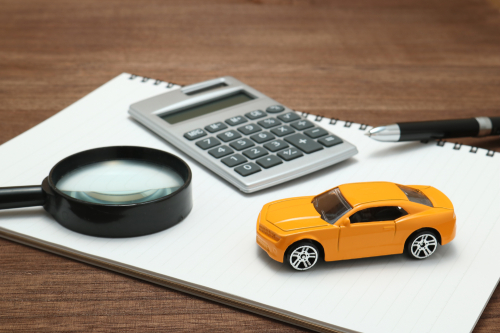The California New Cars Lemon Law is a crucial protection for consumers, ensuring that new car buyers are not stuck with defective vehicles. Understanding how this law works and using tools like the Lemon Law Calculator can help consumers navigate their rights and potential compensation more effectively.
Understanding the California Lemon Law
The California Lemon Law, officially known as the Song-Beverly Consumer Warranty Act, protects consumers who purchase or lease new vehicles that turn out to be defective. Under this law, if a car cannot be repaired after a reasonable number of attempts, the manufacturer is required to either replace the vehicle or refund the purchase price. This law applies to both purchased and leased vehicles, including cars, trucks, and SUVs.
Eligibility Criteria
To qualify under the California Lemon Law, the vehicle must meet certain criteria:
- The vehicle must have a significant defect covered by the warranty that occurred within the first 18 months or 18,000 miles, whichever comes first.
- The manufacturer must have made at least two attempts to repair a serious safety defect or four attempts to repair a less serious defect.
- If the vehicle is out of service for repair for more than 30 days, it may also qualify as a lemon.

The Role of the Lemon Law Calculator
A Lemon Law Calculator is a valuable tool for consumers to estimate potential compensation if their vehicle qualifies as a lemon. This calculator simplifies the complex calculations involved in determining a refund or replacement value, considering factors such as the purchase price, usage fees, and other related costs.
How the Lemon Law Calculator Works
The Lemon Law Calculator typically requires input of various details about the vehicle and the issues experienced. Consumers need to provide information such as:
- The purchase or lease price of the vehicle
- The number of miles driven before the first repair attempt
- The total number of repair attempts
- The days the vehicle was out of service
Calculating the Refund Amount
The calculator uses this information to determine the refund amount, which includes:
- The purchase price or lease payments made
- Any down payments or trade-in credits
- Registration fees, taxes, and other official fees
- Incidental costs related to the defect, such as towing and rental car expenses
Usage Fee Deduction
One key aspect of the calculation is the usage fee deduction. This fee accounts for the consumer's use of the vehicle before the first significant problem occurred. The fee is calculated based on the number of miles driven before the first repair attempt, divided by 120,000 (the expected lifespan of a vehicle in miles), and multiplied by the purchase price.
Benefits of Using a Lemon Law Calculator
Utilizing a Lemon Law Calculator offers several benefits for consumers. It provides a clear estimate of the potential refund or replacement value, helping consumers make informed decisions about pursuing a Lemon Law claim.
Empowering Consumers
A Lemon Law Calculator empowers consumers by giving them a better understanding of their rights and the compensation they may be entitled to under the California Lemon Law. This tool can help level the playing field between consumers and manufacturers, ensuring that consumers are not taken advantage of in the process.
Simplifying the Legal Process
Navigating the legal aspects of a Lemon Law claim can be daunting, but a Lemon Law Calculator simplifies this process. By providing an easy-to-use interface and clear instructions, the calculator helps consumers gather the necessary information and understand the potential outcomes of their case. Discover further information on the McMillan Law Group website.

Common Issues Covered Under the Lemon Law
Understanding the types of defects that qualify under the Lemon Law is crucial for consumers. While the law covers a wide range of issues, it primarily focuses on defects that impair the vehicle's safety, use, or value.
Safety-Related Defects
Safety-related defects are among the most serious issues that can qualify a vehicle as a lemon. These defects include problems with the brakes, steering, airbags, or other critical systems that affect the vehicle's safe operation. For example, if the brakes fail repeatedly or the airbags do not deploy correctly, these defects would be considered substantial under the Lemon Law.
Use Impairment
Defects that impair the use of the vehicle can also qualify under the Lemon Law. These issues might not be immediately dangerous but still significantly affect the vehicle's functionality. Examples include persistent transmission problems, engine stalling, or issues with the electrical system that prevent the vehicle from operating normally.